
Find Help
More Items From Ergsy search
-

How is motor neurone disease diagnosed?
Relevance: 100%
-

What is motor neurone disease?
Relevance: 94%
-

Is motor neurone disease hereditary?
Relevance: 93%
-

What causes motor neurone disease?
Relevance: 91%
-

Are there different types of motor neurone disease?
Relevance: 90%
-

Is there a cure for motor neurone disease?
Relevance: 88%
-
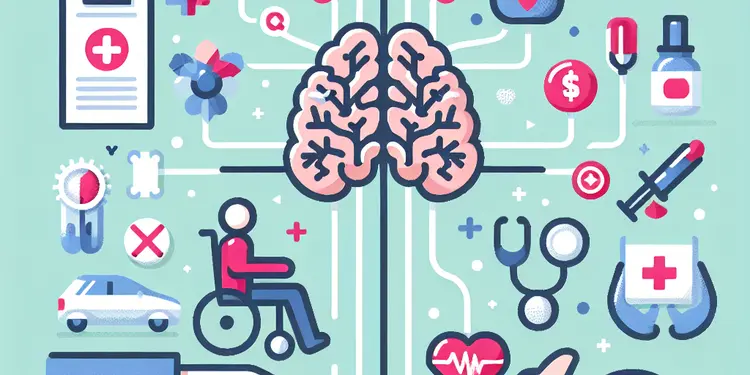
What are the primary symptoms of motor neurone disease?
Relevance: 82%
-
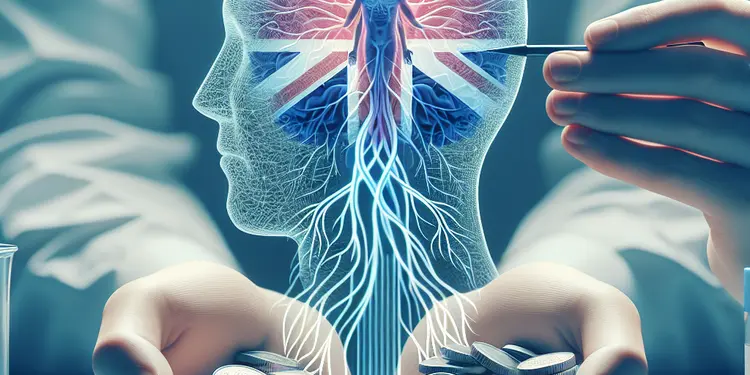
What treatments are available for motor neurone disease?
Relevance: 79%
-

What role do genetics play in motor neurone disease?
Relevance: 79%
-

Motor neurone disease Julie's story | NHS
Relevance: 79%
-

How is breathing affected by motor neurone disease?
Relevance: 79%
-
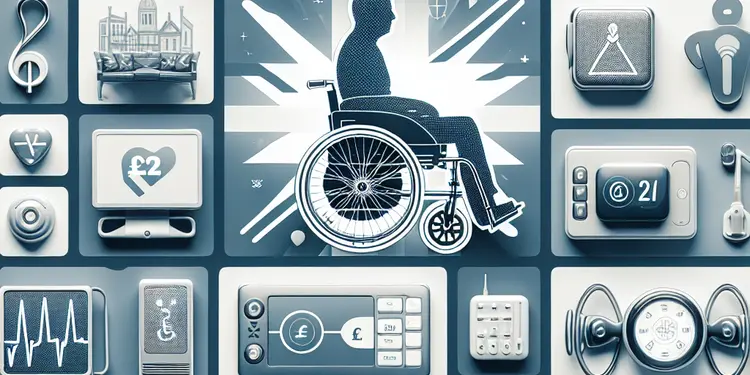
What assistive devices can help people with motor neurone disease?
Relevance: 78%
-
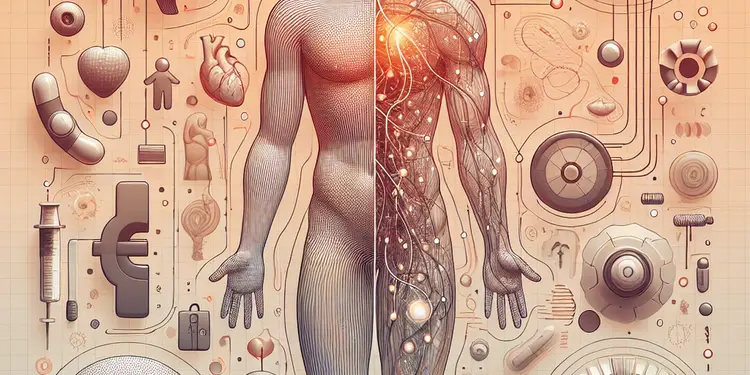
How does motor neurone disease affect the body?
Relevance: 75%
-

What is the life expectancy after a motor neurone disease diagnosis?
Relevance: 74%
-
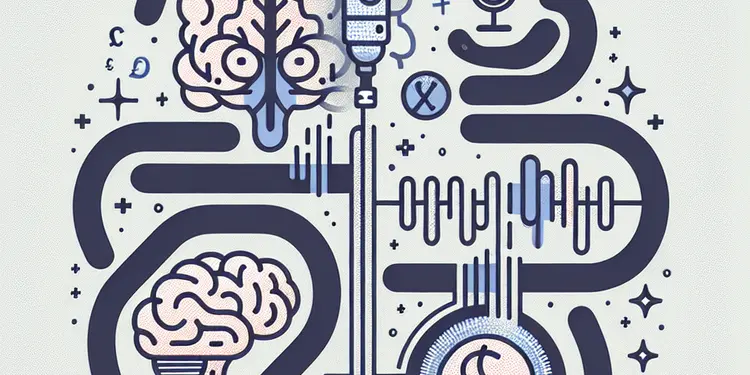
How does motor neurone disease affect speech?
Relevance: 73%
-
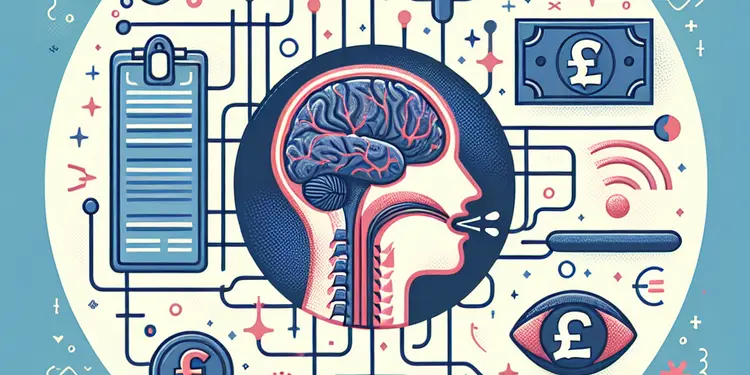
How does motor neurone disease impact swallowing?
Relevance: 71%
-

Voice banking service helps people live with motor neurone disease
Relevance: 71%
-

Can lifestyle changes impact motor neurone disease progression?
Relevance: 69%
-

How can caregivers support someone with motor neurone disease?
Relevance: 64%
-

Are there support groups for individuals with motor neurone disease?
Relevance: 62%
-

What research is being done on motor neurone disease?
Relevance: 60%
-

Who is at risk for motor neurone disease?
Relevance: 58%
-

How is Huntington's disease diagnosed?
Relevance: 46%
-
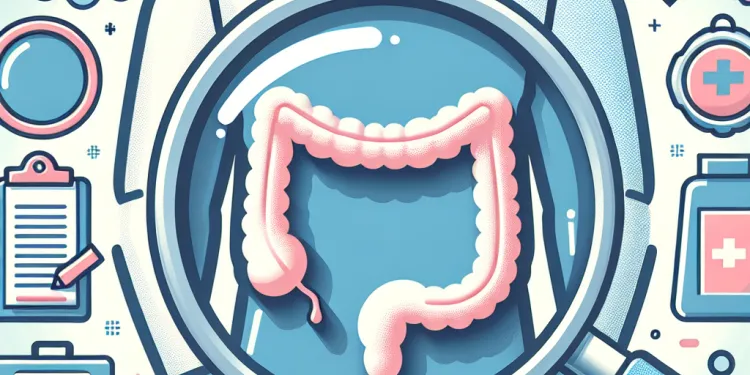
How is Crohn's disease diagnosed?
Relevance: 42%
-
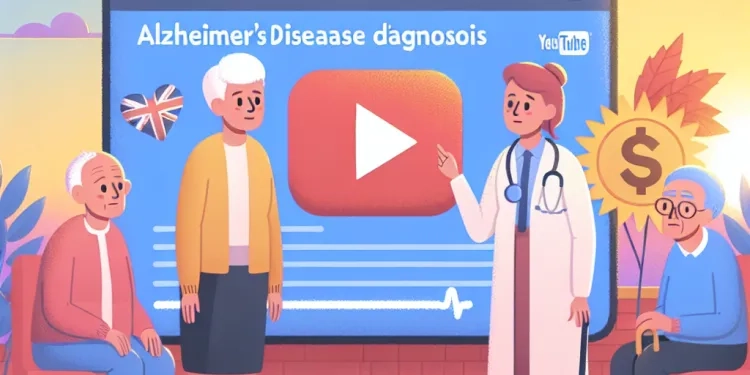
How is Alzheimer's disease diagnosed?
Relevance: 40%
-

How is sickle cell disease diagnosed?
Relevance: 39%
-

What is Parkinson's disease?
Relevance: 39%
-

What tests are available for diagnosing Lyme disease?
Relevance: 38%
-

How is Marburg virus disease diagnosed?
Relevance: 37%
-

How does Huntington's disease affect movement?
Relevance: 37%
-
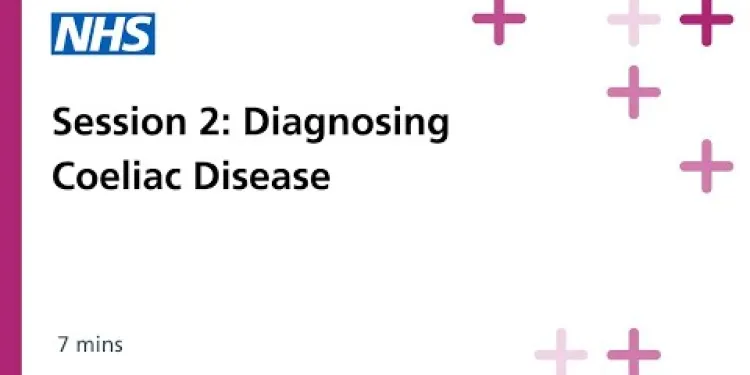
Diagnosing Coeliac Disease Updated 2021
Relevance: 37%
-

What causes Huntington's disease?
Relevance: 35%
-
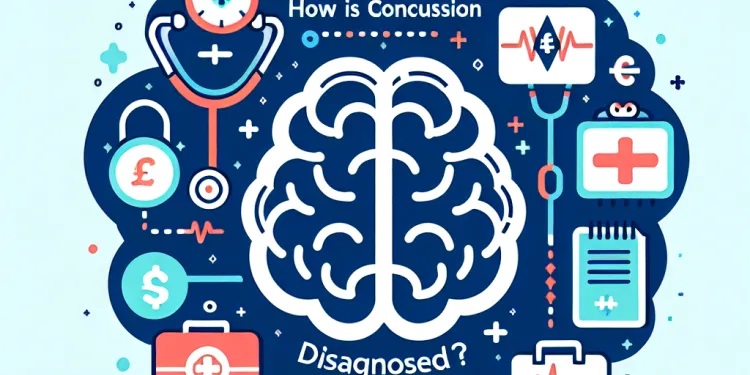
How is a concussion diagnosed?
Relevance: 31%
-
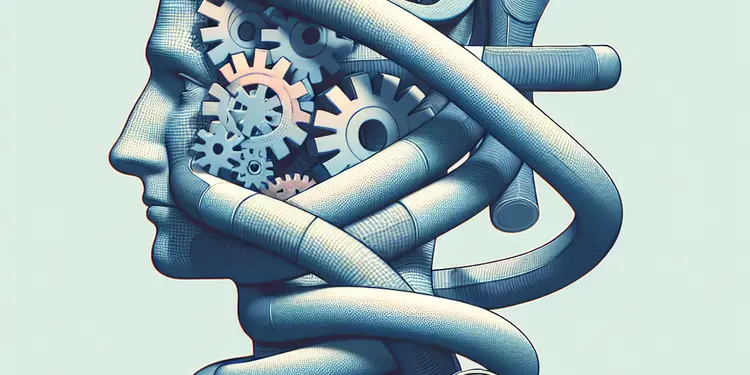
Is Huntington's disease fatal?
Relevance: 31%
-

What research is being done on Huntington's disease?
Relevance: 30%
-

What are the symptoms of Huntington's disease?
Relevance: 30%
-

What is Huntington's disease?
Relevance: 29%
-

Parkinson’s Disease and NHS RightCare: Long Term Condition Scenario
Relevance: 28%
-

What causes Alzheimer's disease?
Relevance: 27%
-

How is lupus diagnosed in children?
Relevance: 27%
Introduction to Motor Neurone Disease Diagnosis
Motor neurone disease (MND), commonly known as amyotrophic lateral sclerosis (ALS), is a progressive neurological condition that affects nerve cells in the brain and spinal cord. Early diagnosis is challenging but crucial for managing symptoms and improving quality of life. In the UK, diagnosing MND involves a series of clinical evaluations and tests to rule out other conditions with similar symptoms.
Initial Consultation and Symptoms Assessment
Diagnosis often begins with a visit to a general practitioner (GP) who will conduct a thorough medical history review and physical examination. Patients may report symptoms such as muscle weakness, twitching, or problems with speaking, swallowing, or breathing. The GP will assess reflexes, muscle strength, and coordination. If MND is suspected, the GP will refer the patient to a specialist neurologist for further evaluation.
Neurological Examination
A neurologist will conduct a more detailed neurological examination, focusing on motor function, sensory response, and reflex tests. Lower and upper motor neurons control voluntary muscle movements, and the examination aims to identify signs of degeneration in these neurons. The neurologist will observe muscle tone, check reflexes, and note any signs of muscle atrophy, spasms, or weakness that may indicate MND.
Electromyography (EMG) and Nerve Conduction Studies (NCS)
Two key tests used in the diagnosis of MND are electromyography (EMG) and nerve conduction studies (NCS). EMG measures the electrical activity of muscles, looking for evidence of denervation and reinnervation patterns that suggest motor neuron damage. NCS assess the speed and strength of signals traveling through nerves, helping to exclude other neuropathies.
Magnetic Resonance Imaging (MRI)
MRI scans of the brain and spinal cord are used to rule out other conditions that might mimic MND symptoms, such as spinal cord tumours or multiple sclerosis. Though MRI does not detect MND directly, it’s a crucial part of the differential diagnosis process to ensure other potential causes of symptoms are considered and excluded.
Blood Tests and Spinal Fluid Analysis
Blood tests may be conducted to exclude other conditions or deficiencies that could cause similar symptoms, such as thyroid problems or vitamin B12 deficiency. In some cases, a lumbar puncture may be performed to analyze the cerebrospinal fluid for markers of neurological disorders, although this is less common.
Genetic Testing
For familial cases of MND, genetic testing might be offered to look for specific mutations known to cause the disease. Although most cases of MND are sporadic, identifying genetic links can provide valuable information for family members and help with understanding the disease’s progression.
Conclusion
Diagnosing motor neurone disease is a complex process that involves ruling out other illnesses before arriving at a definitive diagnosis. The combination of clinical evaluations, imaging, and specialized tests help ensure accurate diagnosis and effective management of the disease. In the UK, timely referral to specialist services is critical for establishing an early diagnosis and providing appropriate support for patients and their families.
Introduction to Motor Neurone Disease Diagnosis
Motor neurone disease, also called MND or ALS, is an illness that gets worse over time. It affects the nerves in the brain and spine. Finding out if someone has MND early is important to help manage the symptoms and improve life. In the UK, doctors use different tests to check if a person has MND and to rule out other illnesses with similar signs.
First Doctor's Visit and Checking Symptoms
The diagnosis starts when you visit your regular doctor (GP). The GP will ask about your medical history and do a physical check-up. You might talk about symptoms like weak muscles, twitching, or trouble speaking, swallowing, or breathing. The GP checks how your muscles and reflexes work. If the GP thinks you might have MND, they will send you to a nerve doctor (neurologist) for more tests.
Nerve Doctor's Check-Up
The nerve doctor will do a detailed check-up. They look at how your muscles move and respond, and test your reflexes. Muscles are controlled by different types of neurons, and the doctor looks for signs these are not working well. They will check muscle tone and any signs of muscle loss or weakness that might mean MND is present.
Electromyography (EMG) and Nerve Tests (NCS)
Two important tests for MND are EMG and NCS. EMG checks the electrical signals in muscles and looks for signs of muscle nerve damage. NCS tests how fast and strong signals travel in your nerves, to rule out other nerve issues.
Scans of the Brain and Spine (MRI)
Doctors use MRI scans to make sure other illnesses are not causing the symptoms. MRIs can spot other conditions, like tumours or multiple sclerosis, that can act like MND. An MRI does not show MND directly, but it's useful to check for other causes.
Blood and Spinal Fluid Tests
Blood tests help rule out other problems like thyroid issues or lack of vitamin B12 that can cause similar symptoms. Sometimes, doctors test spinal fluid for signs of nerve diseases, though this is done less often.
Genetic Testing
If MND runs in the family, genetic testing can check for mutations that cause the disease. Most people with MND don’t have a family history, but genetic testing helps understand the illness better and can be helpful for family members.
Conclusion
Diagnosing MND takes many steps to make sure it is not another illness. Tests, scans, and check-ups all help make sure the diagnosis is right. In the UK, seeing a specialist quickly is important for diagnosis and getting the right help for patients and their families.
Frequently Asked Questions
What is motor neurone disease (MND)?
Motor neurone disease (MND) is a progressive neurological condition that affects the motor neurons, leading to muscle weakness and atrophy.
How is motor neurone disease diagnosed?
Diagnosing MND is complex and typically involves a combination of clinical assessments, neurological examinations, and a series of tests to rule out other conditions.
Which specialists are involved in diagnosing MND?
Diagnosis is usually made by a neurologist, who may collaborate with other healthcare professionals such as a rheumatologist or a neurophysiologist.
What are the initial steps in diagnosing MND?
The initial steps include reviewing the patient’s medical history, performing a thorough physical and neurological examination, and discussing symptoms.
Why is it difficult to diagnose MND?
The symptoms of MND overlap with other neurological disorders, and there is no single test for MND, making it a diagnosis of exclusion.
What tests are commonly used to help diagnose MND?
Common tests include electromyography (EMG), nerve conduction studies (NCS), MRI scans, and blood tests.
What does electromyography (EMG) reveal in MND?
EMG shows the electrical activity of the muscles and can detect abnormal patterns associated with MND.
Why are MRI scans used in diagnosing MND?
MRI scans are used to rule out other conditions such as tumors or structural abnormalities in the brain and spinal cord.
How do nerve conduction studies (NCS) assist in diagnosis?
NCS measure the speed and strength of signals traveling along the nerves, helping to identify nerve damage.
Are genetic tests used in MND diagnosis?
Genetic tests may be conducted, especially if there is a family history, to identify mutations commonly associated with familial MND.
What role do blood tests play in diagnosing MND?
Blood tests help exclude other conditions such as infections, metabolic issues, or deficiencies that can mimic MND symptoms.
Can lumbar puncture be part of the MND diagnostic process?
Yes, a lumbar puncture may be performed to analyze cerebrospinal fluid for signs of other neurological conditions.
How long does the diagnostic process for MND usually take?
The diagnostic process can take several months due to the complexity and the need to exclude other conditions.
What symptoms might prompt a doctor to suspect MND?
Symptoms such as muscle weakness, cramps, twitching, and slurred speech may prompt further investigation for MND.
Is there a specific age group more likely to be diagnosed with MND?
MND most commonly affects people aged between 50 and 70 but can occur at any age.
Is it possible to have MND with normal test results?
Yes, some tests may appear normal in the early stages or in certain forms of MND, complicating diagnosis.
What is the role of a muscle biopsy in MND diagnosis?
A muscle biopsy may be performed if muscle disease is suspected, but it's not commonly used for diagnosing MND.
How can clinical observations contribute to diagnosing MND?
Observations of muscle weakness, atrophy, and reflex changes during physical examination provide crucial diagnostic information.
Why is early diagnosis of MND important?
Early diagnosis allows for earlier intervention, management of symptoms, and improved planning for future care needs.
Can ongoing research improve the accuracy of MND diagnosis?
Yes, ongoing research into biomarkers and advanced imaging techniques promises to improve diagnostic accuracy and speed.
What is motor neurone disease (MND)?
Motor Neurone Disease, or MND, is an illness that affects the nerves. These nerves help the brain talk to muscles. When someone has MND, these nerves stop working. This can make it hard to move, breathe, or speak.
It's important to get help. Talking to a doctor can tell you more. There are also groups and tools that can help people with MND.
Motor neurone disease (MND) is an illness that gets worse over time. It affects the nerves that make the muscles work. This makes the muscles weak and shrink.
How do doctors find out if someone has motor neurone disease?
Doctors do tests to find out if someone has motor neurone disease. They might ask about symptoms, check how the body moves, and do some special tests.
These tests can include:
- Taking a picture of the brain and spine with a machine called MRI.
- Checking the nerves with a test called an EMG.
- Looking at blood and other body fluids.
If you or someone you know needs help to understand, ask a doctor or nurse. They can explain things clearly.
Sometimes, it can help to use tools like pictures or videos to understand better. Taking notes or asking someone you trust to come to the doctor with you can also be helpful.
Finding out if someone has MND can be tricky. Doctors do several things to figure it out. They check the person’s health, look at how the person’s brain and nerves are working, and do tests to make sure it's not something else.
If you find reading difficult, try using pictures or videos to help you understand more. You can also ask someone you know to read aloud with you. This can make learning about MND easier.
Who helps find out if someone has MND?
A doctor called a neurologist usually figures out what the problem is. Sometimes they work with other doctors, like a rheumatologist or a neurophysiologist, to help.
How do doctors find out if someone has MND?
First, the doctor looks at the patient’s health history. Then, the doctor checks the body and the brain. They also talk about the symptoms the patient has.
Why is it hard to find out if someone has MND?
Signs of MND look like other brain and nerve problems. Doctors can't use one test for MND, so they check for other things first.
What tests help find out if someone has MND?
Doctors do special tests to see if someone has Motor Neurone Disease (MND). Here are some tests they might use:
- Blood Tests: This helps doctors check for other problems.
- EMG Test: This looks at how your nerves and muscles work.
- MRI Scan: This takes pictures of your brain and spine.
- Nerve Tests: These check how fast messages travel along your nerves.
Using a computer or tablet to read can be helpful. You can make the text bigger or listen to it with a screen reader. Ask a family member, friend, or teacher if you need help.
Doctors use these tests to see how your nerves and muscles are working:
- EMG: This test checks how your muscles and nerves talk to each other.
- NCS: This test looks at how fast your nerves send signals.
- MRI: This scan takes pictures of the inside of your body.
- Blood Test: This test checks your blood for any problems.
These tests help find out what is wrong so doctors can help you feel better. If it's hard to remember this information, you can ask for help or use pictures to understand better.
What does electromyography (EMG) show in MND?
Electromyography, or EMG, is a test that looks at how muscles work. It uses small wires to check how muscles and nerves talk to each other.
In a condition called Motor Neurone Disease (MND), the nerves that make muscles work are damaged. This test can help doctors see how much the nerves are hurt.
If you find it hard to understand, you can ask someone to explain it to you. You can also use pictures or videos to help you learn more. It's okay to take your time and ask questions.
EMG is a test that looks at how your muscles are working. It can help find problems with the muscles that happen when someone has MND.
Why do doctors use MRI scans to find out if someone has MND?
Doctors use MRI scans to look inside the body. MRI scans help doctors see if something is wrong. They help doctors find MND by making pictures of the brain and spine.
If you find reading hard, you can:
- Listen to the text read out loud.
- Look at pictures to help you understand the words.
MRI scans help doctors check if there are any problems like tumors or unusual shapes in the brain and spinal cord.
Support tools: Ask a doctor to explain MRI scan pictures. Use picture books or videos about MRI scans.
How do nerve tests help doctors find out what's wrong?
Nerve tests, called NCS, help doctors see how well your nerves are working. They can show if something is wrong and help the doctor figure out the problem.
Doctors use these tests to check if nerves send messages the right way. This helps them understand what might be causing pain, tingling, or weakness.
If you need help reading, you can ask someone to read with you, use a reading tool, or listen to an audio version of the information.
NCS help to see how fast and strong signals move in nerves. This helps to find if nerves are hurt.
Do doctors use DNA tests to find out if someone has MND?
Doctors might do special tests to look at your genes. This can help find changes in your genes if other people in your family had MND.
How do blood tests help find out if someone has MND?
Blood tests can help doctors find out if other problems are causing symptoms like MND. These problems can be infections or low levels of important things in the body.
Is a lumbar puncture used to find out if someone has MND?
Yes, doctors might do a test called a lumbar puncture. This helps them check the fluid in your spine to see if there are signs of other problems with your brain or nerves.
How long does it take to find out if someone has MND?
It can take a few weeks to a few months to know if someone has Motor Neurone Disease (MND). Doctors need time to do different tests.
If you find it hard to understand, you can:
- Ask someone to help you read.
- Use a ruler to follow the line when reading.
- Take breaks if you feel tired.
Finding out what's wrong can take a long time. This is because it can be difficult and doctors need to make sure it's not something else.
What signs might make a doctor think someone has MND?
MND is a disease that affects the nerves in the body. Here are some signs that might make a doctor think about MND:
- Weak muscles – You might feel it is hard to lift things or move around.
- Muscles that get smaller – You might notice that your arms or legs look thinner.
- Twitching – Your muscles might move on their own.
- Talking, chewing, or swallowing can be hard – You might find it difficult to speak clearly or eat.
If you or someone you know have these signs, tell a doctor. The doctor can check to see if it might be MND.
Here are some things that can help understand:
- Ask a friend or family to go with you to the doctor.
- Write down questions to ask the doctor.
- Look at pictures or videos about MND.
If you have weak muscles, cramps, twitching, or trouble speaking clearly, you might need more checks for MND.
Who is most likely to get MND?
MND means motor neurone disease. It is a serious illness.
Most people who get MND are older. They are usually over 50 years old.
If you want to know more, you can:
- Talk to a doctor.
- Look at health websites.
- Join a support group.
MND usually affects people who are between 50 and 70 years old. But it can happen at any age.
Can you have MND even if your tests look normal?
Yes, sometimes tests can look normal at first or in some types of MND. This can make it hard for doctors to say if someone has MND.
Tools like pictures, videos, or apps can help explain things better. Talking with a doctor or nurse can also help if you have questions.
How does a muscle biopsy help find out if someone has MND?
A muscle biopsy is a test. A doctor takes a small piece of muscle from the body. This helps them see if the muscles are healthy.
In MND (Motor Neurone Disease), muscles can get weak. The biopsy helps the doctor see changes in the muscle that show if MND might be the cause.
Doctors use other tests too, like looking at how nerves work. These tests help them understand the problem better.
Support tools like simple language guides or picture aids can make it easier to understand these tests.
If doctors think there might be a problem with your muscles, they might do a test called a muscle biopsy. But they don't usually use this test to find out if someone has MND (Motor Neurone Disease).
How do doctor checks help find out if someone has MND?
Doctors look at your muscles to see if they are weak or have gotten smaller. This can help them find out what's wrong.
Why is it important to know about MND early?
Finding out about MND early can help a lot.
It means doctors can start helping you sooner. This can make you feel better and keep you strong.
If you think you might have MND, talk to a doctor. It is important to tell someone how you feel.
Using picture charts and having someone with you can make talking to the doctor easier.
Finding out about a health problem early can help:
- Fix or manage health problems sooner
- Handle symptoms better
- Make plans for care in the future
Using pictures and diagrams can help understand things better.
Can new studies help us find out if someone has MND more easily?
Yes, scientists are working on finding better ways to see what's happening inside our bodies. This will help doctors find out if someone is sick more quickly and correctly.
Useful Links
- Ergsy carfully checks the information in the videos we provide here.
- Videos shown by Youtube after a video has completed, have NOT been reviewed by ERGSY.
- To view, click the arrow in centre of video.
- Most of the videos you find here will have subtitles and/or closed captions available.
- You may need to turn these on, and choose your preferred language.
- Go to the video you'd like to watch.
- If closed captions (CC) are available, settings will be visible on the bottom right of the video player.
- To turn on Captions, click settings .
- To turn off Captions, click settings again.
More Items From Ergsy search
-

How is motor neurone disease diagnosed?
Relevance: 100%
-

What is motor neurone disease?
Relevance: 94%
-

Is motor neurone disease hereditary?
Relevance: 93%
-

What causes motor neurone disease?
Relevance: 91%
-

Are there different types of motor neurone disease?
Relevance: 90%
-

Is there a cure for motor neurone disease?
Relevance: 88%
-

What are the primary symptoms of motor neurone disease?
Relevance: 82%
-

What treatments are available for motor neurone disease?
Relevance: 79%
-

What role do genetics play in motor neurone disease?
Relevance: 79%
-

Motor neurone disease Julie's story | NHS
Relevance: 79%
-

How is breathing affected by motor neurone disease?
Relevance: 79%
-

What assistive devices can help people with motor neurone disease?
Relevance: 78%
-

How does motor neurone disease affect the body?
Relevance: 75%
-

What is the life expectancy after a motor neurone disease diagnosis?
Relevance: 74%
-

How does motor neurone disease affect speech?
Relevance: 73%
-

How does motor neurone disease impact swallowing?
Relevance: 71%
-

Voice banking service helps people live with motor neurone disease
Relevance: 71%
-

Can lifestyle changes impact motor neurone disease progression?
Relevance: 69%
-

How can caregivers support someone with motor neurone disease?
Relevance: 64%
-

Are there support groups for individuals with motor neurone disease?
Relevance: 62%
-

What research is being done on motor neurone disease?
Relevance: 60%
-

Who is at risk for motor neurone disease?
Relevance: 58%
-

How is Huntington's disease diagnosed?
Relevance: 46%
-

How is Crohn's disease diagnosed?
Relevance: 42%
-

How is Alzheimer's disease diagnosed?
Relevance: 40%
-

How is sickle cell disease diagnosed?
Relevance: 39%
-

What is Parkinson's disease?
Relevance: 39%
-

What tests are available for diagnosing Lyme disease?
Relevance: 38%
-

How is Marburg virus disease diagnosed?
Relevance: 37%
-

How does Huntington's disease affect movement?
Relevance: 37%
-

Diagnosing Coeliac Disease Updated 2021
Relevance: 37%
-

What causes Huntington's disease?
Relevance: 35%
-

How is a concussion diagnosed?
Relevance: 31%
-

Is Huntington's disease fatal?
Relevance: 31%
-

What research is being done on Huntington's disease?
Relevance: 30%
-

What are the symptoms of Huntington's disease?
Relevance: 30%
-

What is Huntington's disease?
Relevance: 29%
-

Parkinson’s Disease and NHS RightCare: Long Term Condition Scenario
Relevance: 28%
-

What causes Alzheimer's disease?
Relevance: 27%
-

How is lupus diagnosed in children?
Relevance: 27%


